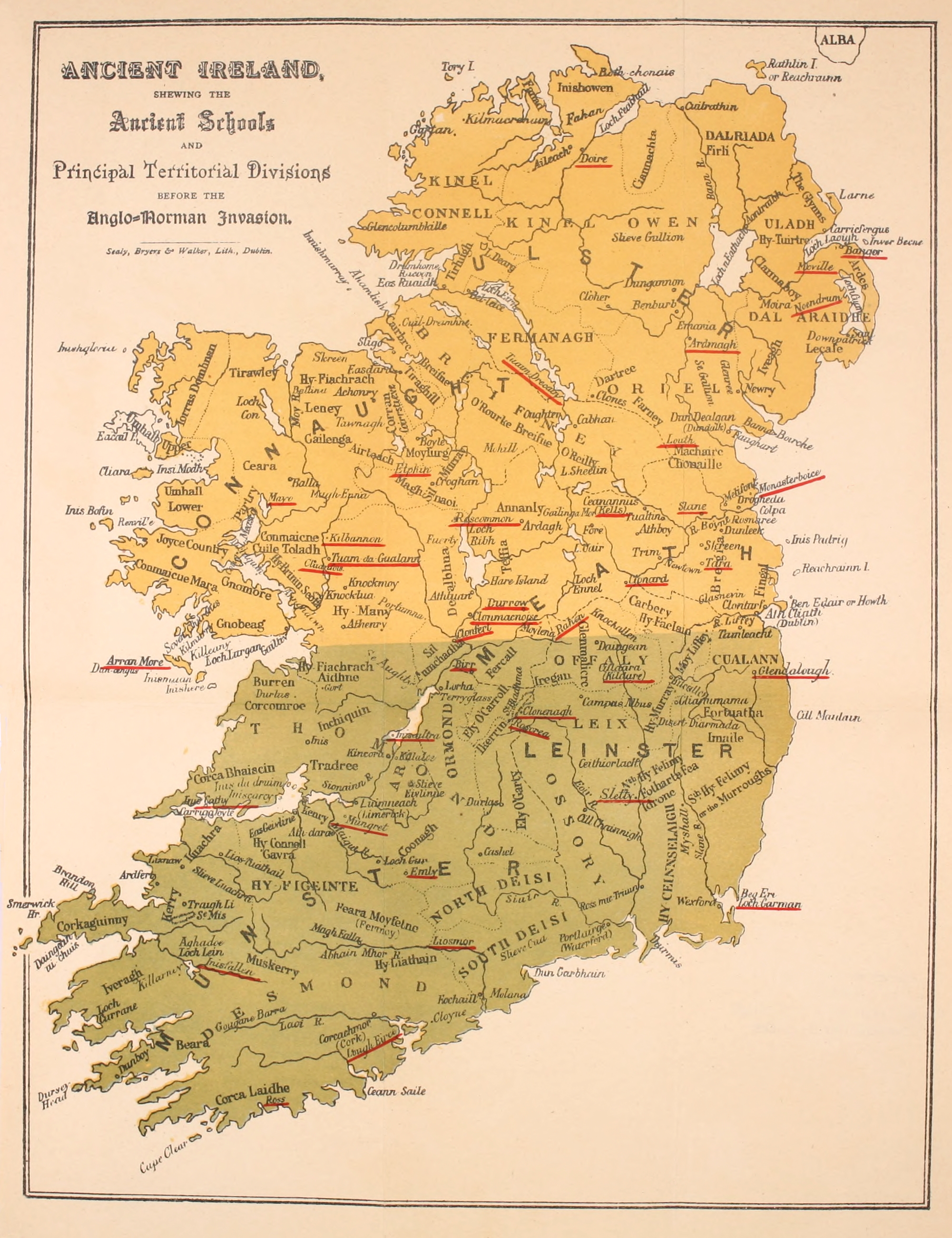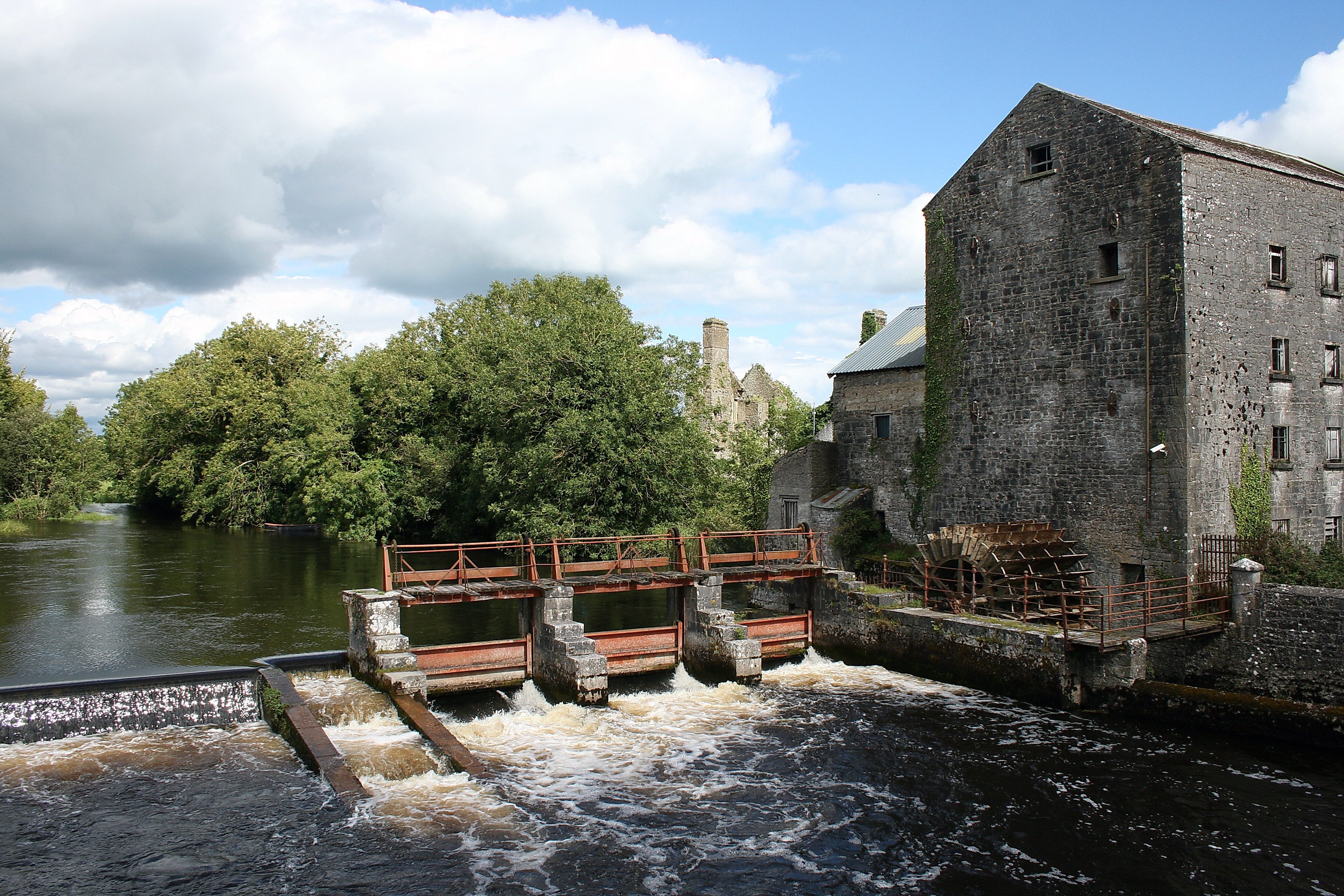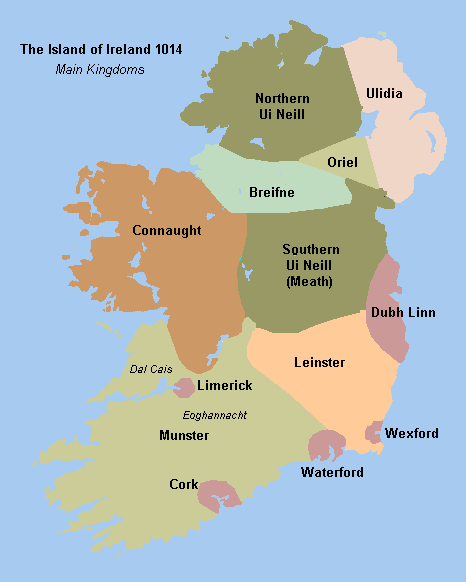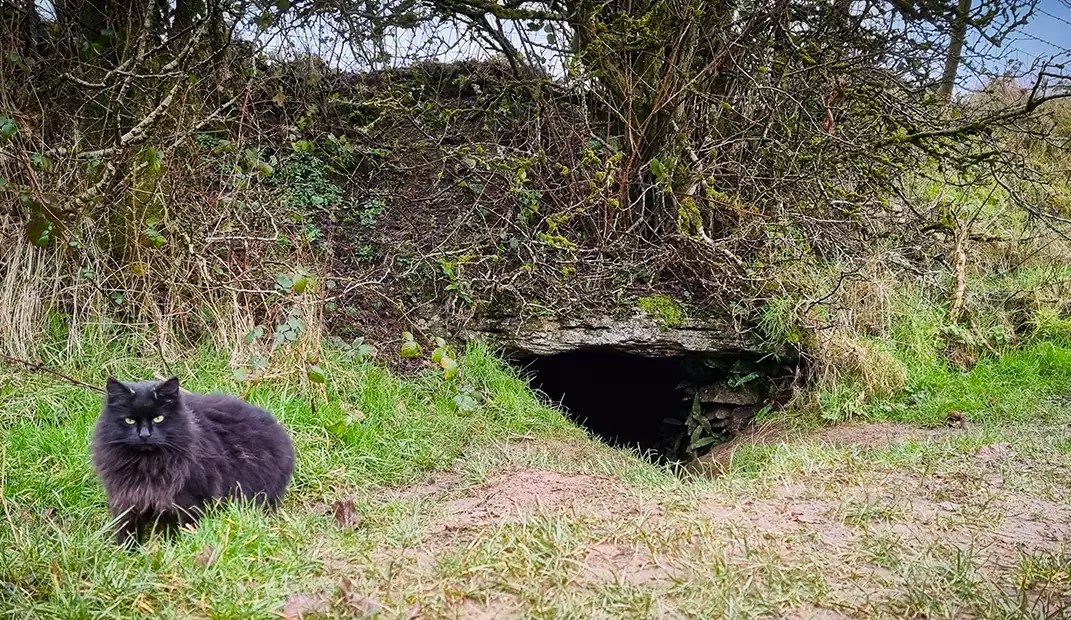|
Ruaidrí Na Saide Buide Ua Conchobair
Ruaidrí Ua Conchobair (died 1118) (anglicised ''Roderic O'Connor''), called Ruaidrí na Saide Buide (''Ruaidrí of the Yellow Birch'') was King of Connacht, perhaps twice. Background Connacht in the 11th century was a region that resembled the modern Provinces of Ireland, Irish province. The main difference was that the Kingdom of Breifne, whose rulers sometimes also ruled over Connacht, extended into parts of southern Ulster. The kings of Connacht had, for several hundred years, belong to the Uí Briúin kindred, who traced their descent from a half-brother, Brion, of Niall of the Nine Hostages. Connacht and its kings had been associated with the Uí Néill High Kings of Ireland, descendants of Niall of the Nine Hostages, but as allies rather than as subjects. With the ending of the era of Uí Néill High Kingship at the death of Máel Sechnaill mac Domnaill in 1022, a new era began, one in which the various provincial kings in Ireland attempted to impose themselves as kin ... [...More Info...] [...Related Items...] OR: [Wikipedia] [Google] [Baidu] |
Áed Ua Ruairc
Áed Ua Ruairc, also known as Áed mac Art Uallach Ua Ruairc, was the King of Connacht from 1067 to 1087. He became king after killing the previous Kings of Connacht, King of Connacht, Áed in Gai Bernaig, in battle in 1067. References * ''Leabhar na nGenealach'', Dublin, 2004–2005 * ''Annals of the Four Masters'', ed. John O'Donovan (scholar), John O'Donovan, Dublin, 1856 * ''Annals of Lough Ce'', ed. W.M. Hennessey, London, 1871. * ''Irish Kings and High Kings'', Francis John Byrne, 3rd revised edition, Dublin: Four Courts Press, 2001. * "Ua Ruairc", in Seán Duffy (ed.), ''Medieval Ireland: An Encyclopedia''. Routledge. 2005. pp. 1087 deaths Kings of Connacht People from County Cavan People from County Leitrim 11th-century Irish monarchs Year of birth unknown {{Ireland-royal-stub ... [...More Info...] [...Related Items...] OR: [Wikipedia] [Google] [Baidu] |
High Kings Of Ireland
High King of Ireland ( ) was a royal title in Gaelic Ireland held by those who had, or who are claimed to have had, lordship over all of Ireland. The title was held by historical kings and was later sometimes assigned anachronously or to legendary figures. Medieval and early modern Irish literature portrays an almost unbroken line of High Kings, ruling from the Hill of Tara over a hierarchy of lesser kings, stretching back thousands of years. Modern historians believe this scheme was crafted in the 8th century from the various genealogical traditions of powerful dynasties, and intended to justify their status by projecting it far into the past. Dáibhí Ó Cróinín, "Ireland, 400–800", in Dáibhí Ó Cróinín (ed.), ''A New History of Ireland 1: Prehistoric and Early Ireland'', Oxford University Press, 2005, pp. 182–234. John T. Koch explains: "Although the kingship of Tara was a special kingship whose occupants had aspirations towards supremacy among the kings of Ir ... [...More Info...] [...Related Items...] OR: [Wikipedia] [Google] [Baidu] |
Irish Annals
A number of Irish annals, of which the earliest was the Chronicle of Ireland, were compiled up to and shortly after the end of the 17th century. Annals were originally a means by which monks determined the yearly chronology of feast days. Over time, the obituary, obituaries of priests, abbots and bishops were added, along with those of notable political events. Non-Irish models include Bede's ''Chronica maiora'', Marcellinus Comes's ''Chronicle of Marcellinus'' and the ''Liber pontificalis''.Ó Corráin, "annals, Irish", p. 69. Most of the Irish annals were written between the 14th and 17th centuries. Chronology The origins of annalistic compilation can be traced to the occasional recording of notes and events in blank spaces between the ''latercus'', i.e. the 84-year Easter table adopted from Gaulish writer Sulpicius Severus (d. ''c''. 423). Extant Manuscript copies of extant annals include the following:MAP of Irish locales linked to Irish Annals writing assembled by De Reir B ... [...More Info...] [...Related Items...] OR: [Wikipedia] [Google] [Baidu] |
Leth Cuinn
(Conn's Half) and (Mug's half) are legendary ancient divisions of Ireland, respectively north and south of a line corresponding to the Esker Riada running east–west from Dublin Bay to Galway Bay. The eponymous Conn and Mug were Conn Cétchathach (Conn of the Hundred Battles) and Éogan Mór Mug Nuadat (the Servant of Nuada), whose armies in 123 AD fought the battle of Mag Lena (the Plain of Lena, in what is now County Offaly between Tullamore and Durrow). Legend At Mag Lena, the army of Conn, the High King of Ireland, lost to that of Mug Nuadat, the king of Munster, to whom Conn was thus forced to cede the southern half of Ireland. Thereafter the provinces of Ireland were grouped as follows: * (Conn's Half, the north) comprised Connacht, Ulster and Meath; * (Mug Nuadat's Half, the south) comprised Munster (including Osraighe) and Leinster. To solidify the arrangement, Conn's daughter Sadb was married to Ailill Aulom, son of Mug Nuadat. Their son was another Éogan Mór, ... [...More Info...] [...Related Items...] OR: [Wikipedia] [Google] [Baidu] |
Annals Of Ulster
The ''Annals of Ulster'' () are annals of History of Ireland, medieval Ireland. The entries span the years from 431 AD to 1540 AD. The entries up to 1489 AD were compiled in the late 15th century by the scribe Ruaidhrí Ó Luinín, under his patron Cathal Óg Mac Maghnusa, on the island of ''Senadh-Mic-Maghnusa'', also known as ''Senad'' or Ballymacmanus Island (now known as Belle Isle, where Belle Isle Castle is located), near Lisbellaw, on Lough Erne in the kingdom of ''Fir Manach'' (Fermanagh). Later entries (up to AD 1540) were added by others. Entries up to the mid-6th century are retrospective, drawing on earlier annalistic and historical texts, while later entries were contemporary, based on recollection and oral history. Thomas Charles-Edwards, T. M. Charles-Edwards has claimed that the main source for its records of the first millennium A.D. is a now-lost Armagh continuation of the ''Chronicle of Ireland''. The Annals used the Irish language, with some ... [...More Info...] [...Related Items...] OR: [Wikipedia] [Google] [Baidu] |
Tadg In Eich Gil
Tadg in Eich Gil ("Tadhg of the White Steed";''Routledge Revivals: Medieval Ireland (2005): An Encyclopedia''. (2017:464). United Kingdom: Taylor & Francis. died 1030) was king of Connacht. Family tree * Cathal mac Conchobar mac Taidg (d. 1010) ** Dub Choblaigh m. Brian Boru, High King of Ireland (d. 1014) *** Domnall? **** Diarmait (d. 1051) ** Tadg in Eich Gil, King of Connacht (d. 1030) m. ? *** Áed in Gai Bernaig, King of Connacht (d. 1067) ** Brian (d. 1029) ** Conchobor (fl. 1029) ** In Cléirech (fl. 1044) *** Tadg (d. 1056) *** Conchobar (d. 1069) ** Tadhg Direach *** An Gilla Lónach References * ''Leabhar na nGenealach'', Dublin, pp. 484–85, p. 614-15, 2004–2005 * ''Annals of the Four Masters'', ed. John O'Donovan, Dublin, 1856 * ''Annals of Lough Ce'', ed. W.M. Hennessey, London, 1871. * ''Irish Kings and High Kings'', Francis John Byrne Francis John Byrne (1934 – 30 December 2017) was an Irish historian. Born in Shanghai where his fathe ... [...More Info...] [...Related Items...] OR: [Wikipedia] [Google] [Baidu] |
County Roscommon
County Roscommon () is a Counties of Ireland, county in Republic of Ireland, Ireland. It is part of the province of Connacht and the Northern and Western Region. It is the List of Irish counties by area, 11th largest Irish county by area and List of Irish counties by population, 26th most populous. Its county town and largest town is Roscommon. Roscommon County Council is the Local government in the Republic of Ireland, local authority for the county. The population of the county was 69,995 as of the 2022 census. Etymology County Roscommon is named after the county town of Roscommon. Roscommon comes from the Irish ''Ros'' meaning a wooded, gentle height and ''Coman mac Faelchon, Comán'', the first abbot and bishop of Roscommon who founded the first monastery there in 550 AD. Geography County Roscommon has an area of . Lough Key in north Roscommon is noted for having thirty-two islands. The geographical centre of Ireland is located on the western shore of Lough Ree in the south ... [...More Info...] [...Related Items...] OR: [Wikipedia] [Google] [Baidu] |
Iarchonnacht
West Connacht (; Modern Irish: ''Iar Connacht'') was a kingdom of Gaelic Ireland, associated geographically with present-day County Galway, particularly the area known more commonly today as Connemara. The kingdom represented the core homeland of the Connachta's Uí Briúin Seóla kindred and although they ruled, there were smaller groups of other Gaels in the area, such as the Delbhna Tir Dha Locha and the Conmhaícne Mara. It existed from 1051 onwards, after the Ó Conchobhair, Kings of Connacht, pushed the Ó Flaithbheartaigh to the West of Lough Corrib, from their original territory of Maigh Seóla. Iar Connacht remained a subordinate ''túath'' of Connacht, until the 13th century, after which it was more independent. Galway upon its founding was originally governed by the Ó Flaithbheartaigh of Iar Connacht, but with the rise of the Clanricarde Burkes, a Norman family, it was captured in 1232. Around this time much of Connacht, in general, fell to the Burkes. Galway's No ... [...More Info...] [...Related Items...] OR: [Wikipedia] [Google] [Baidu] |
Kings Of Breifne
The Kingdom of Breifne or Bréifne (), anglicized as Breffny, was a medieval overkingdom in Gaelic Ireland. It comprised what is now County Leitrim, County Cavan and parts of neighbouring counties, and corresponds roughly to the Roman Catholic Diocese of Kilmore. It had emerged by the 10th century, as a confederation of ' headed by an overking drawn from the Uí Briúin Bréifne. By the 11th century, Bréifne was ruled by the Ua Ruairc (O'Rourke) dynasty. The kingdom reached the height of its power in the 12th century, under Tigernán Ua Ruairc. During the latter part of his reign, Bréifne took part in campaigns against the Norman invasion of Ireland. His assassination by the Anglo-Normans in 1172 was followed by a succession dispute, and a conflict between the Ua Ruairc and Ua Raghallaigh (O'Reilly) dynasties. Following the Battle of Magh Slecht in 1256, Bréifne split into West Breifne (ruled by the Ua Ruairc) and East Breifne (ruled by the Ua Raghallaigh). Bréifn ... [...More Info...] [...Related Items...] OR: [Wikipedia] [Google] [Baidu] |
Cruachan, Ireland
Rathcroghan () is a complex of archaeological sites near Tulsk in County Roscommon, Ireland. It is identified as the site of Cruachan, the traditional capital of the Connachta, the prehistoric and early historic rulers of the western territory. The Rathcroghan Complex (Crúachan Aí) is an archaeological landscape with many references found in early Irish medieval manuscripts. Located on the plains of Connacht (Mag nAí/Machaire Connacht), Rathcroghan is one of the six Royal sites of Ireland. The landscape extends over and consists of over 240 archaeological sites, 60 of which are protected national monuments. The monuments range from the Neolithic (4000–2500 BC), the Bronze (2500–500 BC) and Iron Ages (500 BC–400 AD), to the medieval period. These monuments include burial mounds, ringforts and medieval field boundaries amongst others. The most prominent of these are the multi-period Rathcroghan Mound, the Oweynagat cave, the Mucklaghs (a set of linear earthworks), and ... [...More Info...] [...Related Items...] OR: [Wikipedia] [Google] [Baidu] |
Conchobar Mac Taidg Mór
Conchobar mac Taidg Mór (died 882) was a King of Connacht from the Uí Briúin branch of the Connachta. He was the grandson of Muirgius mac Tommaltaig (died 815), a previous king. His father Tadg Mór (died 810) had been slain fighting in Muirgius' wars versus the minor tribes of Connacht. He was of the Síl Muiredaig sept of the Uí Briúin. The Ó Conchobhair septs of Connacht are named for him. Biography The exact dates of his reign are uncertain. According to the '' Book of Leinster'' king-list he is given a reign of 27 years which would synchronise to a reign of circa 855 to 882 The death of a co-ruler Mugron mac Máele Cothaid is mentioned in 872. Connacht was subject to the High King of Ireland during this period. In 860 the men of Connacht participated in the expedition of the high king Máel Sechnaill mac Máele Ruanaid (died 862) of Clann Cholmáin against the northern Ui Neill. They halted at Mag Dumai, near Armagh, where their camp was attacked but they beat th ... [...More Info...] [...Related Items...] OR: [Wikipedia] [Google] [Baidu] |




